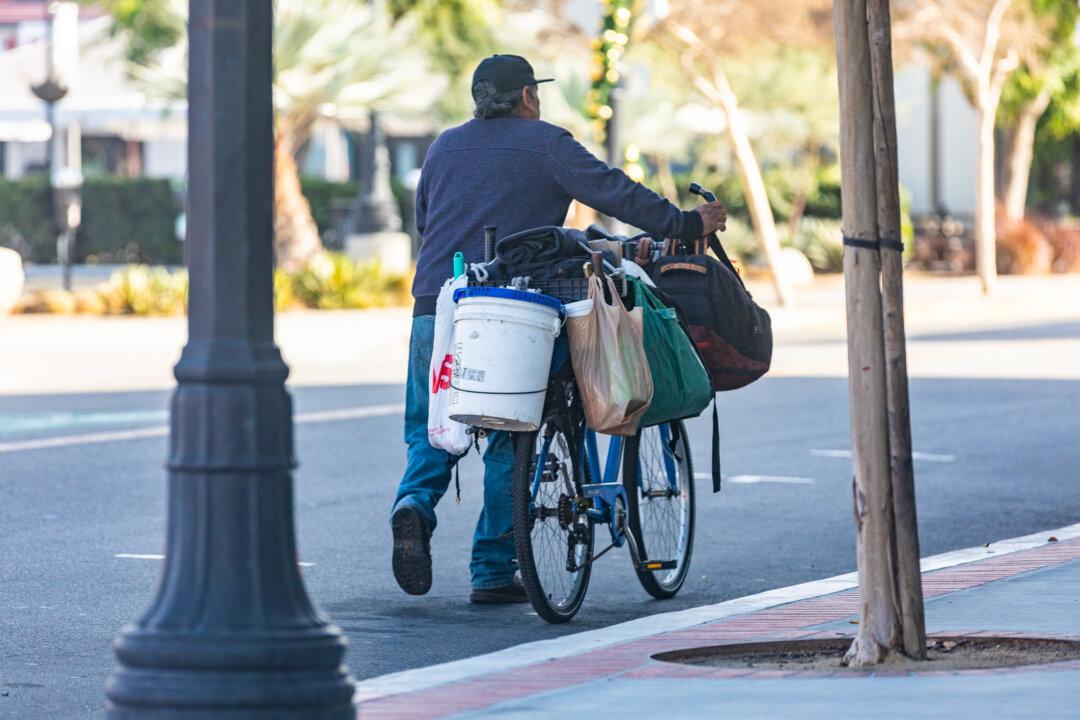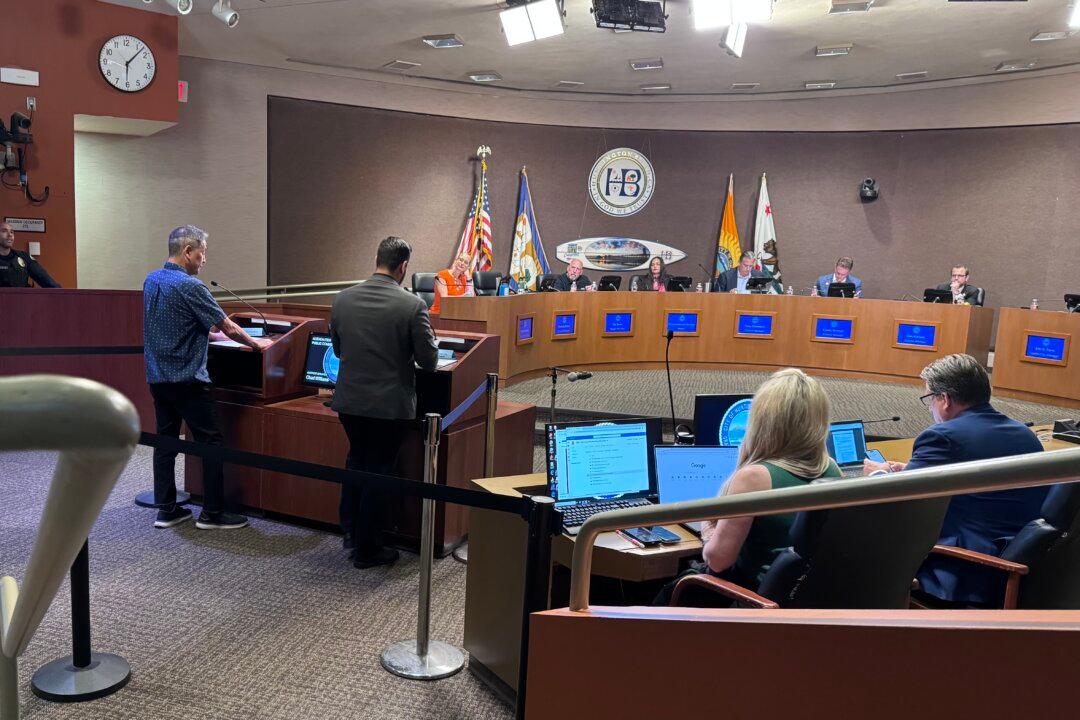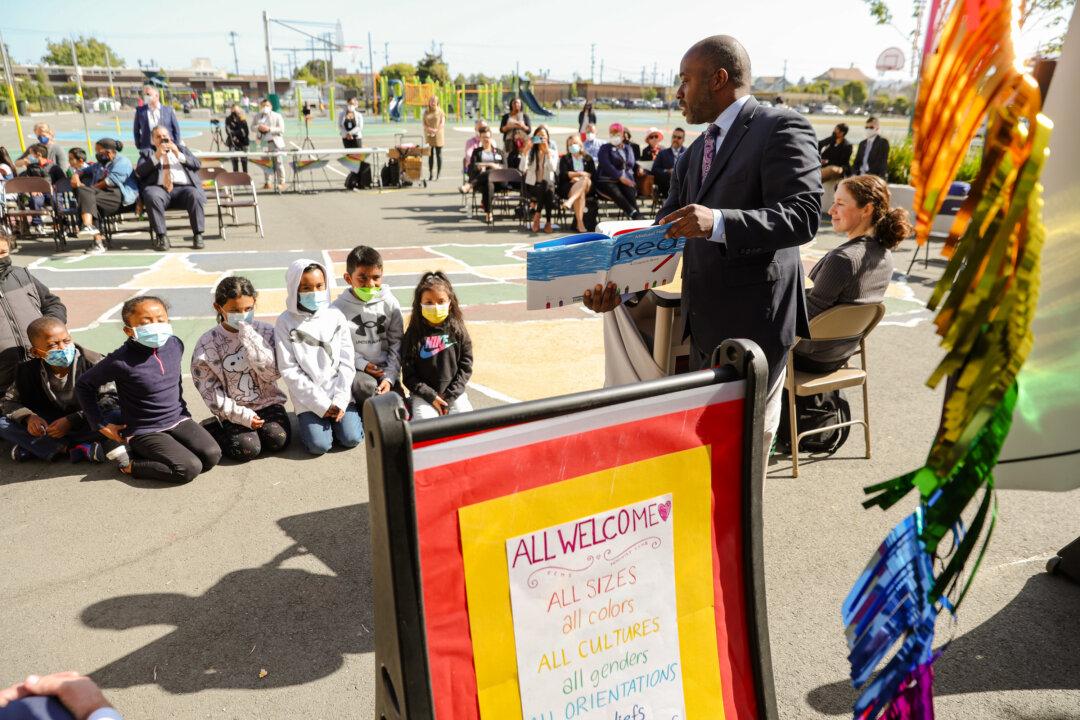Orange County’s homeless population has decreased nearly 17 percent since 2019, according to a report released by the county on May 11.
Of the 5,718 homeless individuals reported in the 2022 point-in-time count (pdf), about 53 percent were unsheltered. The last point-in-time count in 2019 reported 6,860 homeless individuals, with about 58 percent unsheltered.
“We’re encouraged by this reduction but understand that we still have plenty of work in front of us,” Doug Becht, the county’s director of the Office of Care Coordination for homeless services, said at a May 11 press conference.
Becht credited the drop in the homeless population to the county’s ramped-up efforts to address homelessness since the advent of the COVID-19 pandemic.
The county increased investment to expand shelter capacity and create permanent supportive housing since the last count, according to Becht. In addition, the county has worked with its cities and local law enforcement to connect those living on the street to resources and shelter.
Since the 2019 count, the county opened several shelters with about 1,500 additional beds across north and central Orange County and added 400 units of permanent supportive housing through Project Roomkey, a state initiative that transforms hotels and motels into housing, the Orange County Register reported.
Despite the new shelters, Becht said the county showed 3,057 individuals remained unsheltered—57 percent of them over the age of 40.
“Compared to 2019, [the homeless] are on average older and coming to us with more disabling conditions and needs,” Becht said. “We are seeing a more vulnerable population.”
Among the unsheltered, over 40 percent experience drug addiction, 32 percent have a physical disability, and about 30 percent have mental health issues.
The data also showed that the north and central areas of the county have a higher concentration of homeless population—with 2,419 in the north part of the county, 2,714 in the central part of the county, and 585 in the south portion.
Becht said officials spent eight months working with outreach providers to coordinate the count, which took place over three days in February. A smartphone application was used to track nearly 1,000 volunteers to ensure every area in the county was covered.
“We were able to cover the same amount of maps and same geographic area, and not only cover it, but cover it twice, just as we did in 2019,” Becht said.
The federal Department of Housing and Urban Development requires a “point-in-time” homeless count every other year in order for local governments to receive funding, but the 2021 count was postponed due to the pandemic. The Omicron variant surge in January again pushed Orange County’s count into February.
A spokesperson for the Office of Care Coordination did not respond to a request for comment by press deadline.





